|
It’s raining, It’s pouring….
 1978 corner of Sespe and D Street. Photos Courtesy Fillmore Historical Museum. By Anonymous — Wednesday, February 3rd, 2021
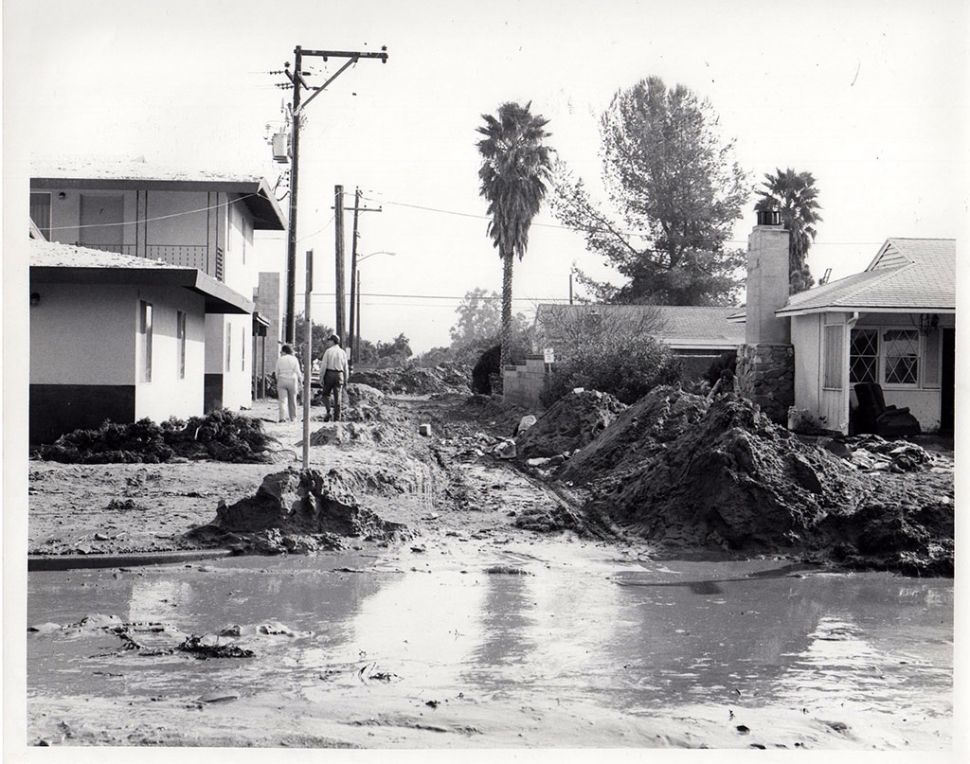 1978 Los Serenos.  1978 Hwy 126 Fillmore entry. 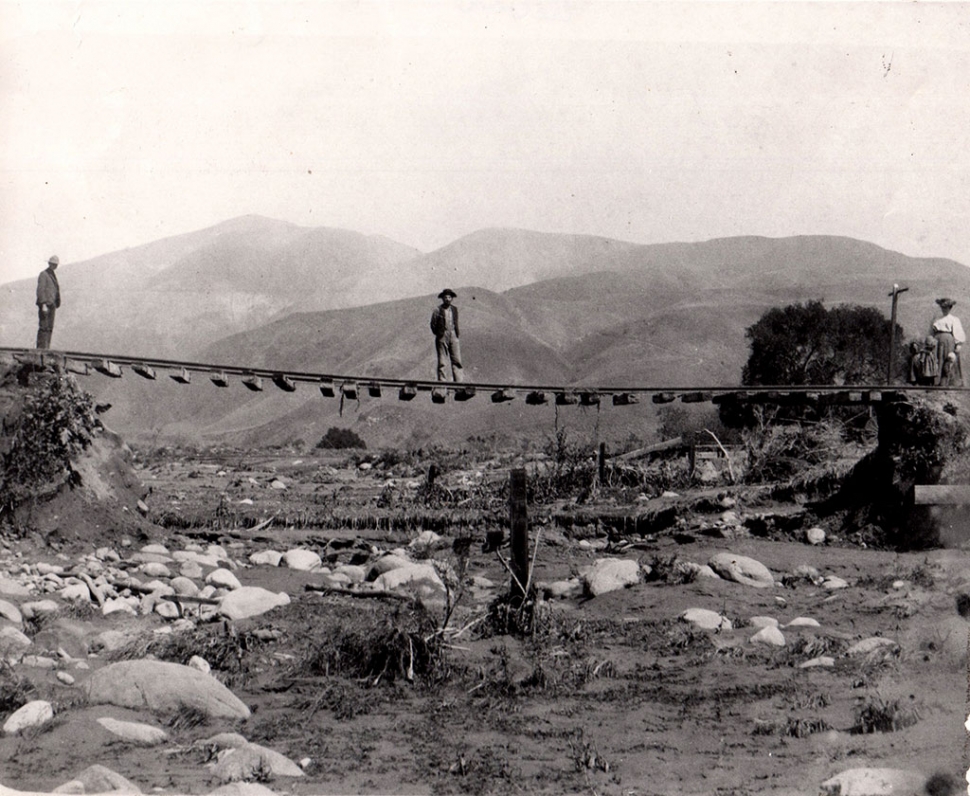 1914 remains of the Sespe RR crossing. 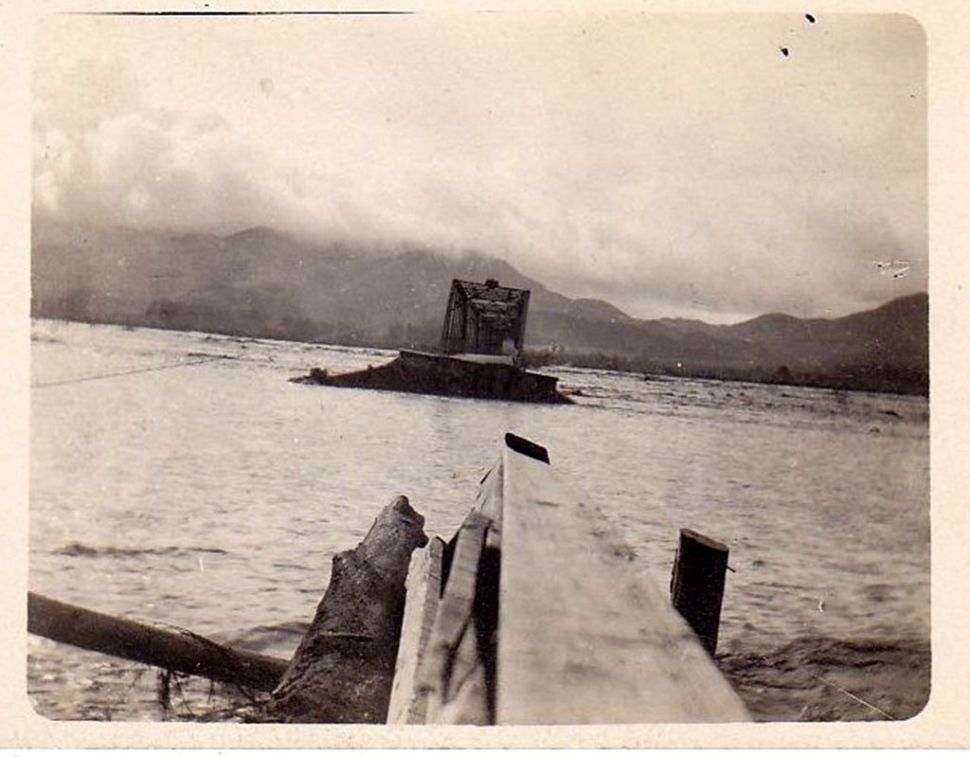 1914 February 27 Bardsdale Bridge. 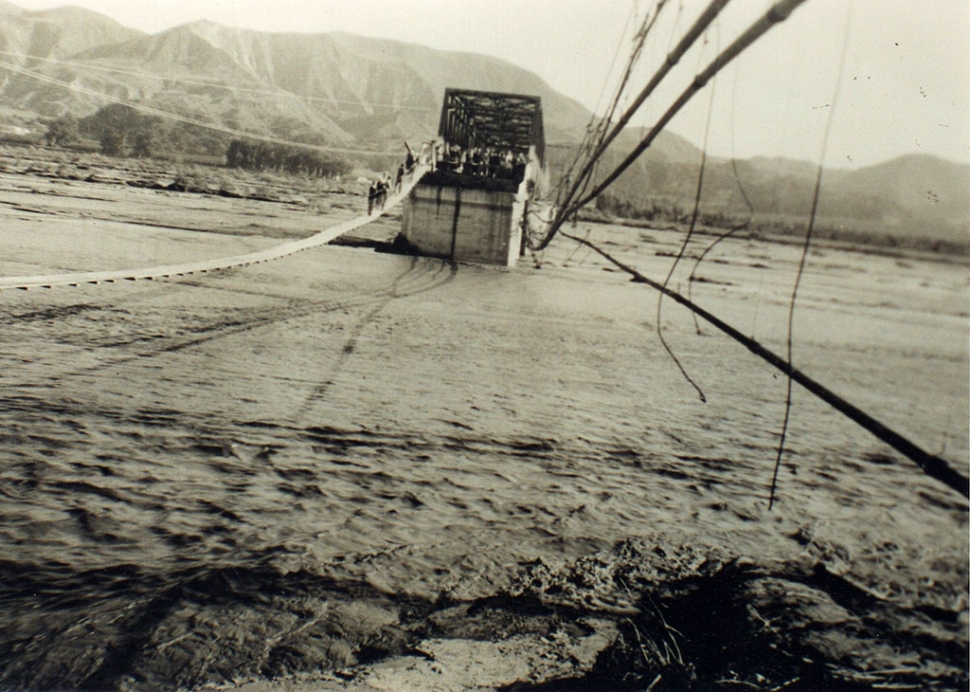 1938 Damage to the Bardsdale bridge. 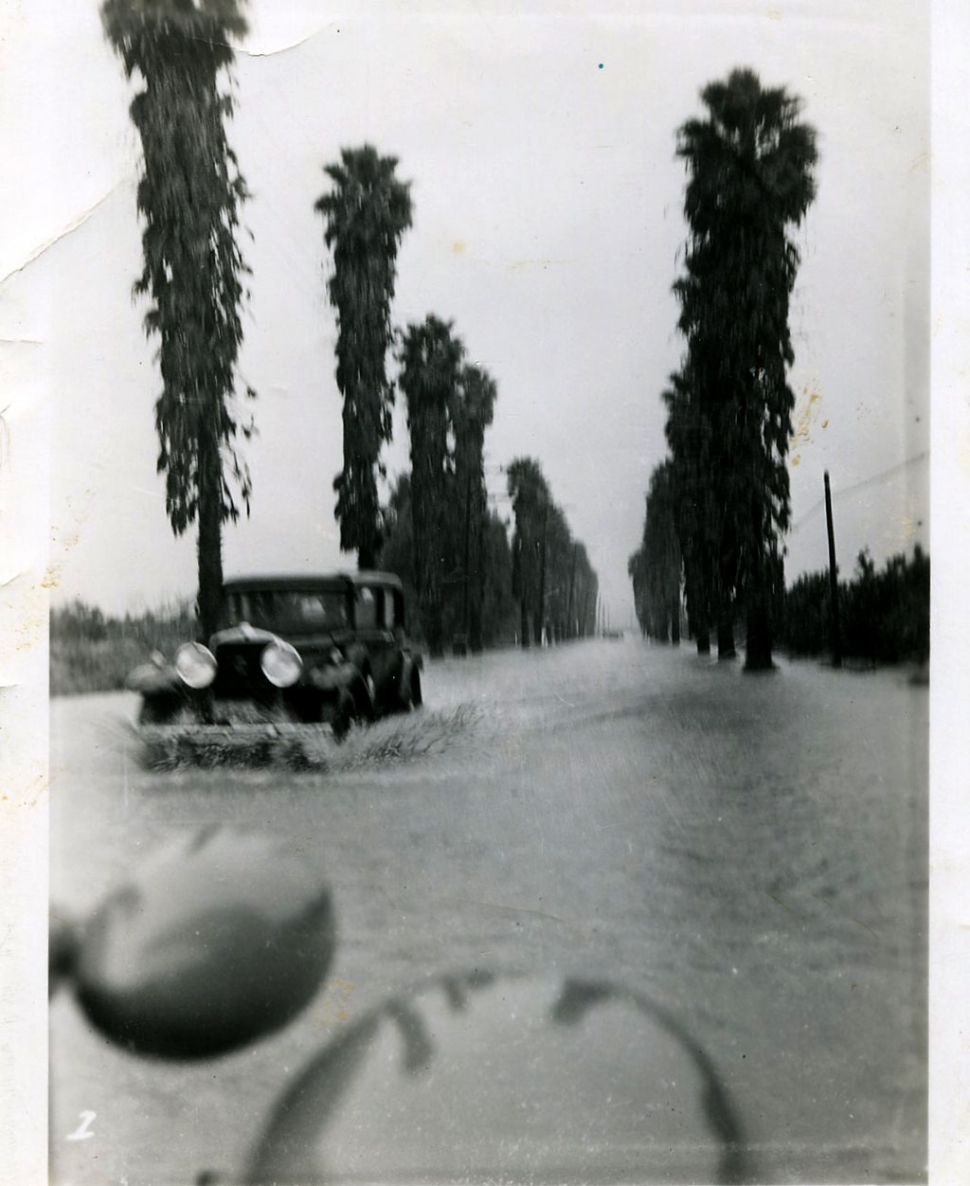 1938 Hwy 23 south of the Bardsdale bridge. 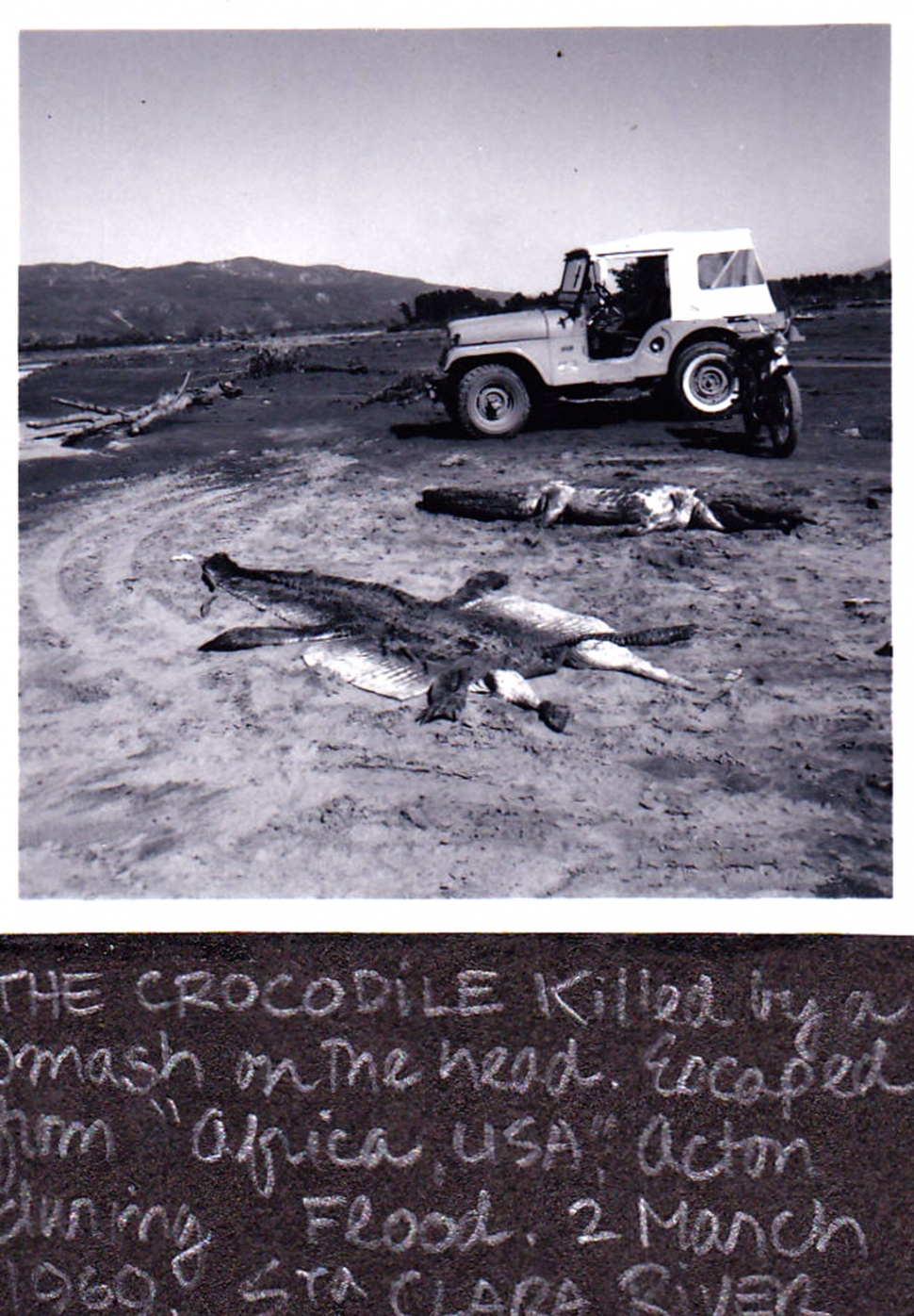 1969 March 2 dead crocodiles. 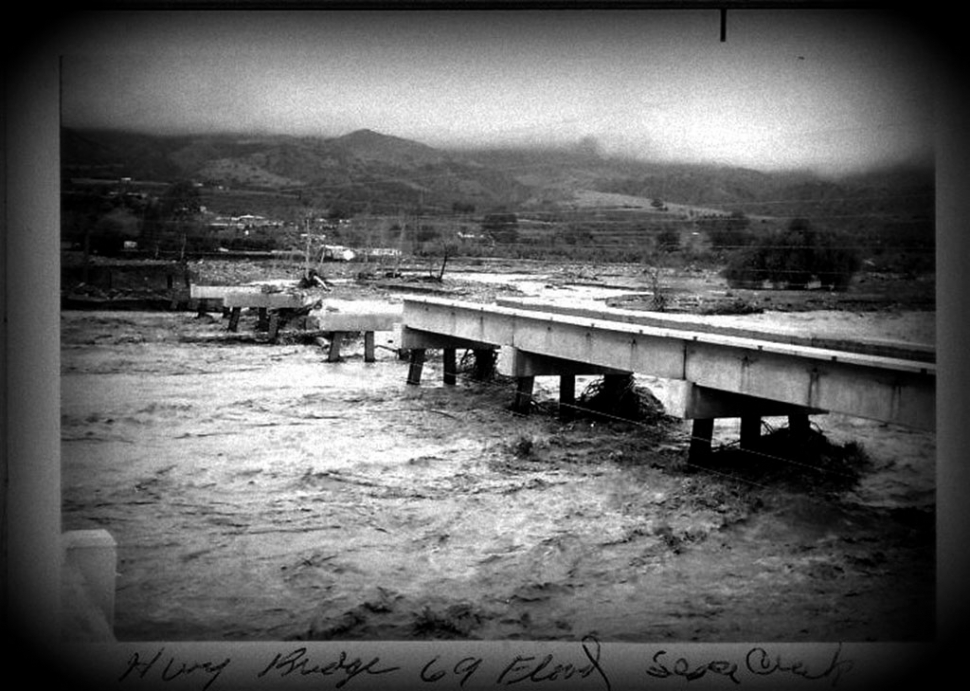 1969 Sespe Bridge.  1969 Sespe RR bridge approach. 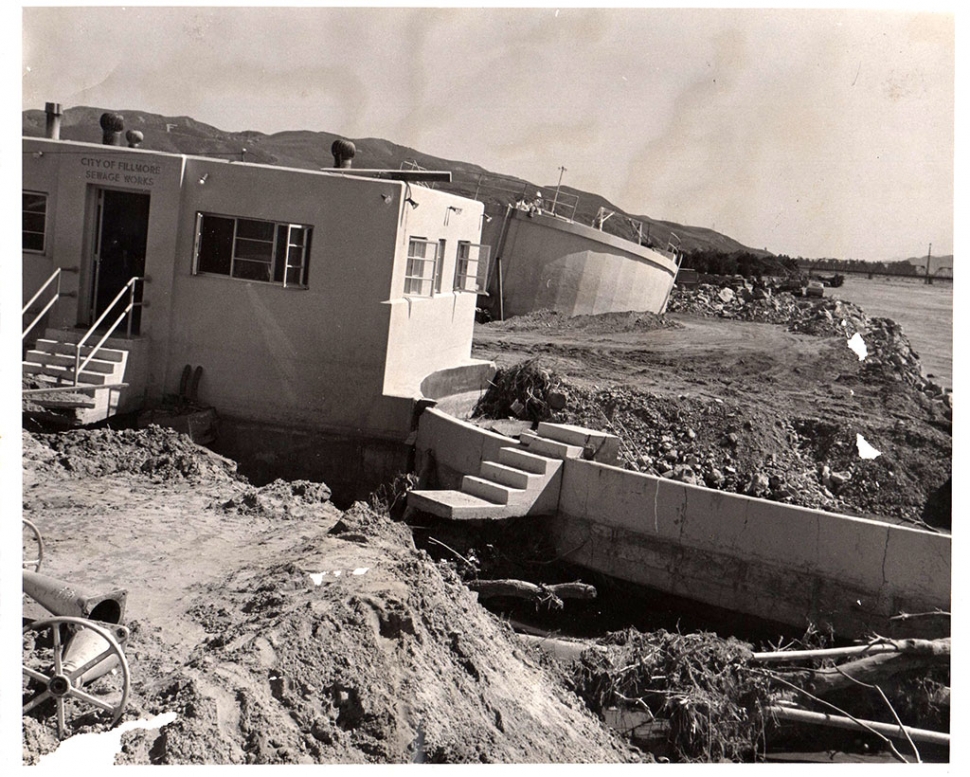 1969 Sewer Plant damage. 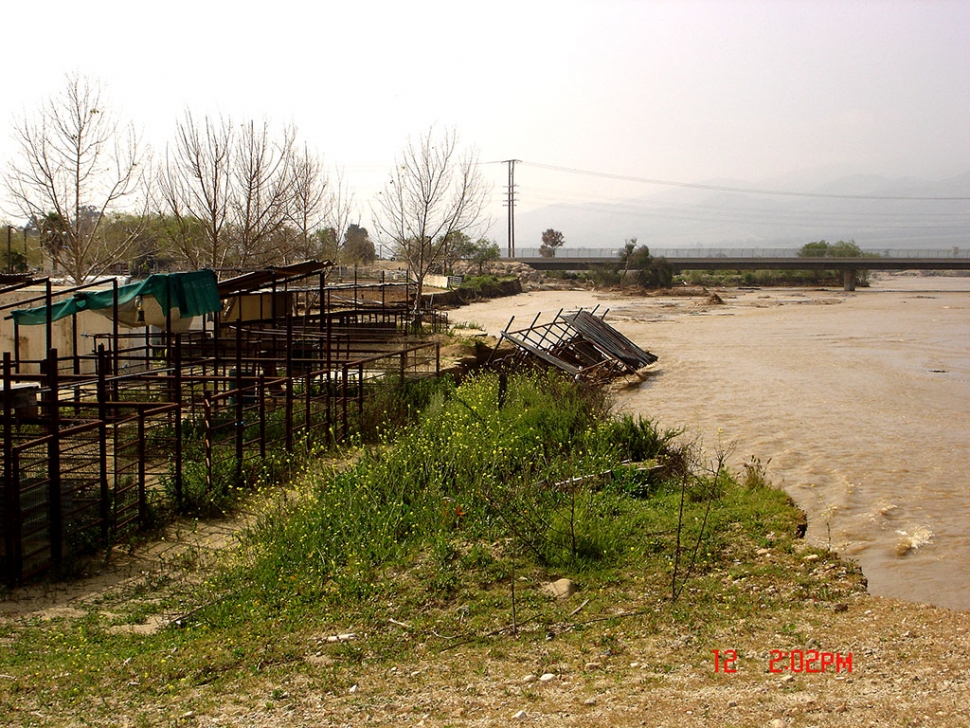 2005 Equestrian Center damage. Courtesy Fillmore Historical Museum February! This is the time of year when we hope it will rain. When it does, we hope it will be enough and then we hope it won’t be too much. History has shown us that, in Fillmore, it is often the unexpected quantity of rain or its lack that stands out. Local farmers keep exacting records of the date and amount of rain. Was it enough to not have to irrigate? Is the river or creek going to rage through the orchard? Will it interrupt our plans? Over time many rainstorms have left indelible impressions both good and bad. One of the earliest storms mentioned in Ventura County history was the deluge of 1862. Rain was statewide and is referred to in the history books as the “Great California Flood of 1862.” Early photos show Sacramento inundated with flood waters up to the second stories of buildings. Author Yda Addis reported that, here in Ventura County, rain fell for 60 days leaving all the ground saturated and “reeking.” In San Buenaventura, “landslides were frequent” and “houses were submerged or carried away bodily.” Cattle, which were the main source of income in those times were starving. The overflow from the Ventura River was 3 feet deep on Ventura’s Main St. The rains of 1884 were deeply embedded in the memories of those who were living in the Santa Clara Valley at the time. Fillmore had not yet been founded but Santa Paula was a growing city and Ventura well established. According to Lowell Hardison, the rains began with small typical showers in October and November of 1883 allowing the withered grasses of summer to grow and turn the hills green. On January 24th of 1884 it began to rain and continued for 34 hours measuring 15”. From January 31 to Feb 8 it rained every night measuring 20”. Mr. Hardison, assuming that the rains had ended, set off for Los Angeles to purchase a wagon. On the trip home with the new wagon he found 4” of snow on the ground at Newhall and flooding throughout the valley. In a time with no bridges over the creeks and river, they had to leave the wagon and head home on the mules. They found the road up Santa Paula Canyon obliterated with rocks, boulders and debris everywhere. Arriving at home they found the family safe but the cabin nearly wrecked as the wind had forced the rain into the interior. There was debris everywhere, the interior of the cabin was drenched, and the creek behind the cabin was a raging torrent 14 feet deep. A fire was impossible as everything that might burn was wet. They spent the night huddled under blankets trying to stay warm. The Santa Clara River was flooding bank to bank. Animals, buildings and people were caught in the flood. A dog was seen floating down the river on a mattress. One rescue boat was swamped and the survivors succeeded in climbing a tree and were then rescued. Nearly all the bridges in Southern California were swept away. According the newspapers Santa Paula received 40” and Ojai received 70” in just 60 days. Newspapers of the time called it the greatest rainfall ever recorded in the valley. In more modern times, we have had our share of excessive rain and damage here in Fillmore. In 1914, shortly after construction of the bridges across the Sespe and Santa Clara, torrential rain caused them to wash out leaving Fillmore isolated. In 1938 the north approach to the Bardsdale Bridge was washed out. Access from Bardsdale was at first by boson’s chair and then by swinging bridge as a new section of the bridge was built. 1969 once again brought excess rain and flooding to our area with three major storms from January through March. The vulnerable approaches to the Sespe auto bridge and the railroad bridge failed. Landslides were common. The 9 hole golf course located where the school farm is now located was washed out. Los Serenos was flooded for the first time and Pole Creek flooded east of Mountain View as far as Main St. Tragedy struck when a group of Boy Scouts being rescued from the mountains above the Sespe were swept away and killed in the raging Sespe. The oddest result was the damage to Africa USA located above Guiberson Road near Piru. After the rain ended, two crocodiles were found along the Santa Clara and rapidly dispatched so as not to cause a panic should they disappear into the orchards. Los Serenos took a hit again in 1978 when after several months of rainstorms a violent rainstorm sent the Sespe rampaging through the neighborhood when debris formed a dam under the Sespe Auto Bridge. One of our local heavy equipment operators took it upon himself to blow the bridge to release the backed up water. Better to solve the problem and ask forgiveness later. After the citizenry rose up in anger because of the damage, the U.S. Corp of Engineers finally agreed to build the levee which stands today. Most recently, in 2005, heavy rain caused the Santa Clara River to run full from bank to bank. The Sherriff’s office closed the Bardsdale Bridge in midafternoon when the river threatened to wash out the south approach. The river broke through south of the equestrian center, flowed over Hwy23 and back out to the river. As often happened in these wet years there were storms from January through March creating a situation ripe for disaster when the final heavy storms hit. It has now been 16 years since the last major flood event. We’d like our rains to be soft, gentle and enough to wash away the drought. It looks like that won’t happen this year. Just remember that in the case of rain storms, be they mild or heavy, history tends to repeat itself in the Santa Clara River Valley. |
